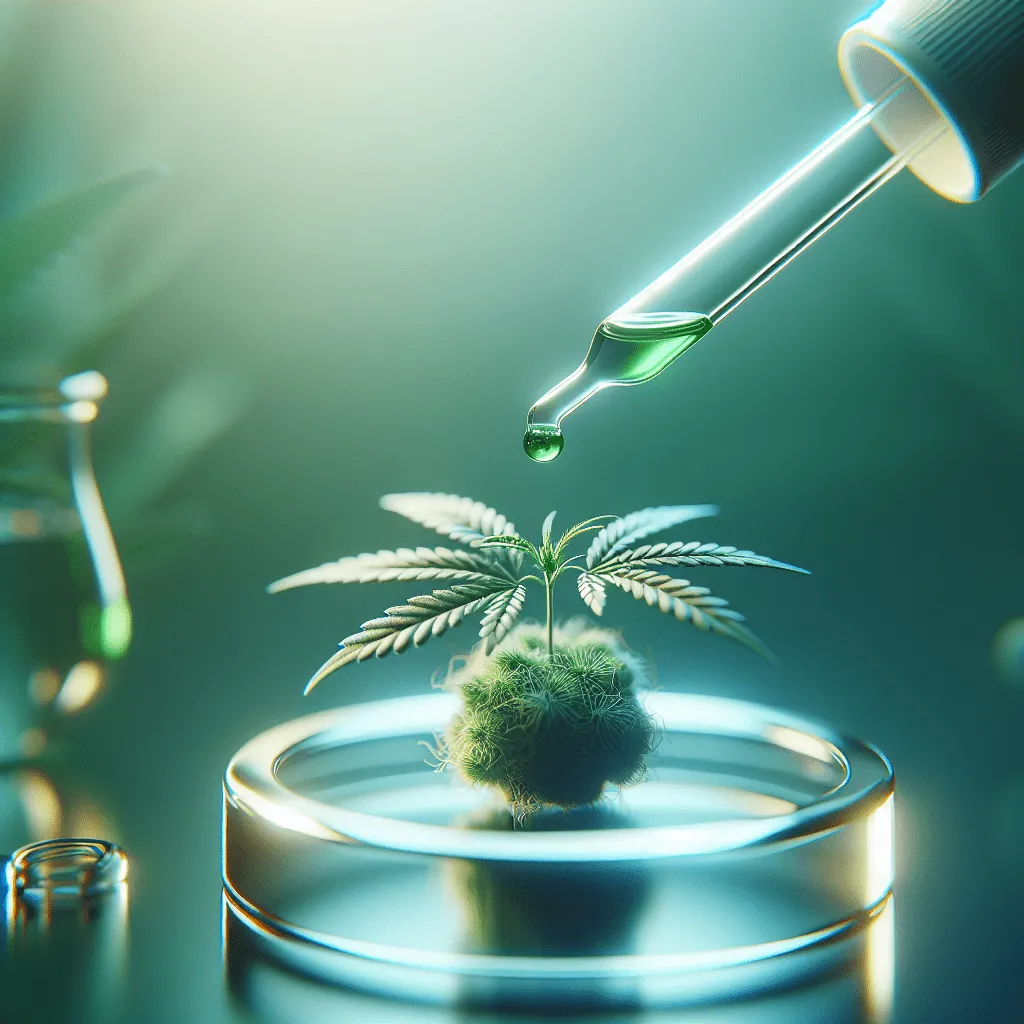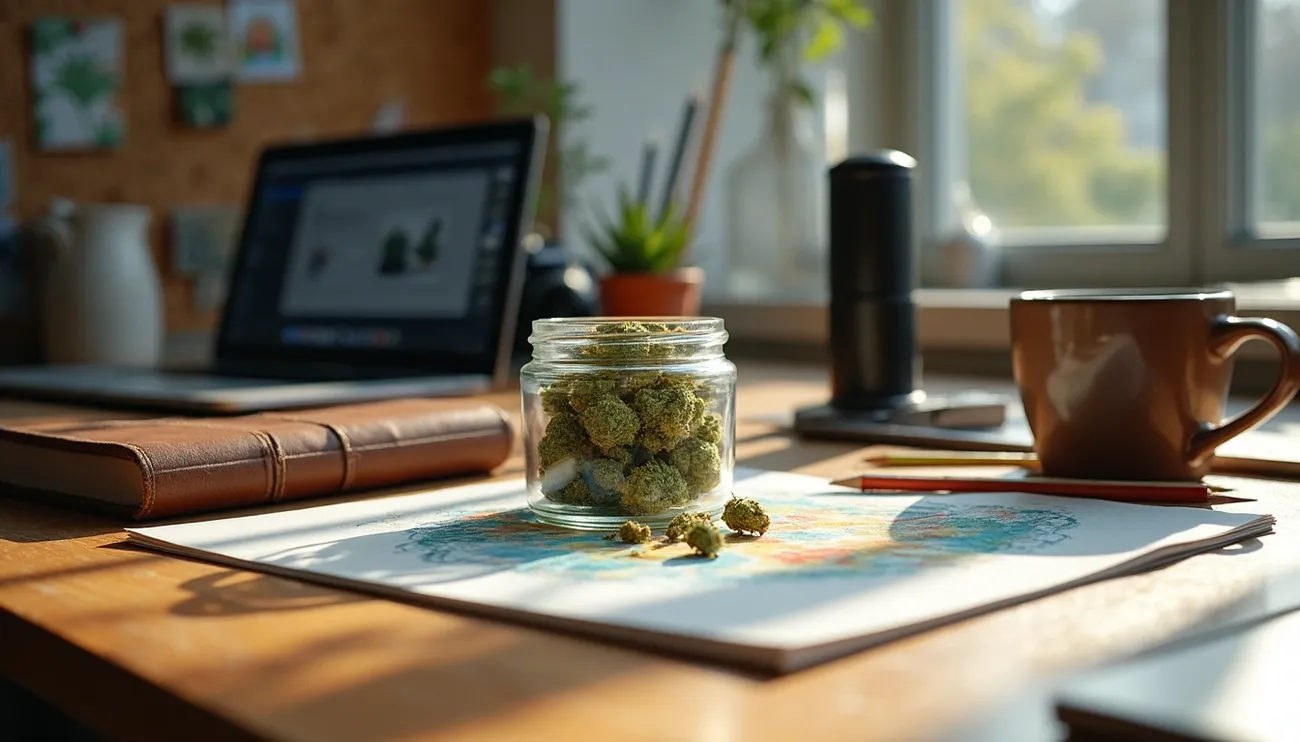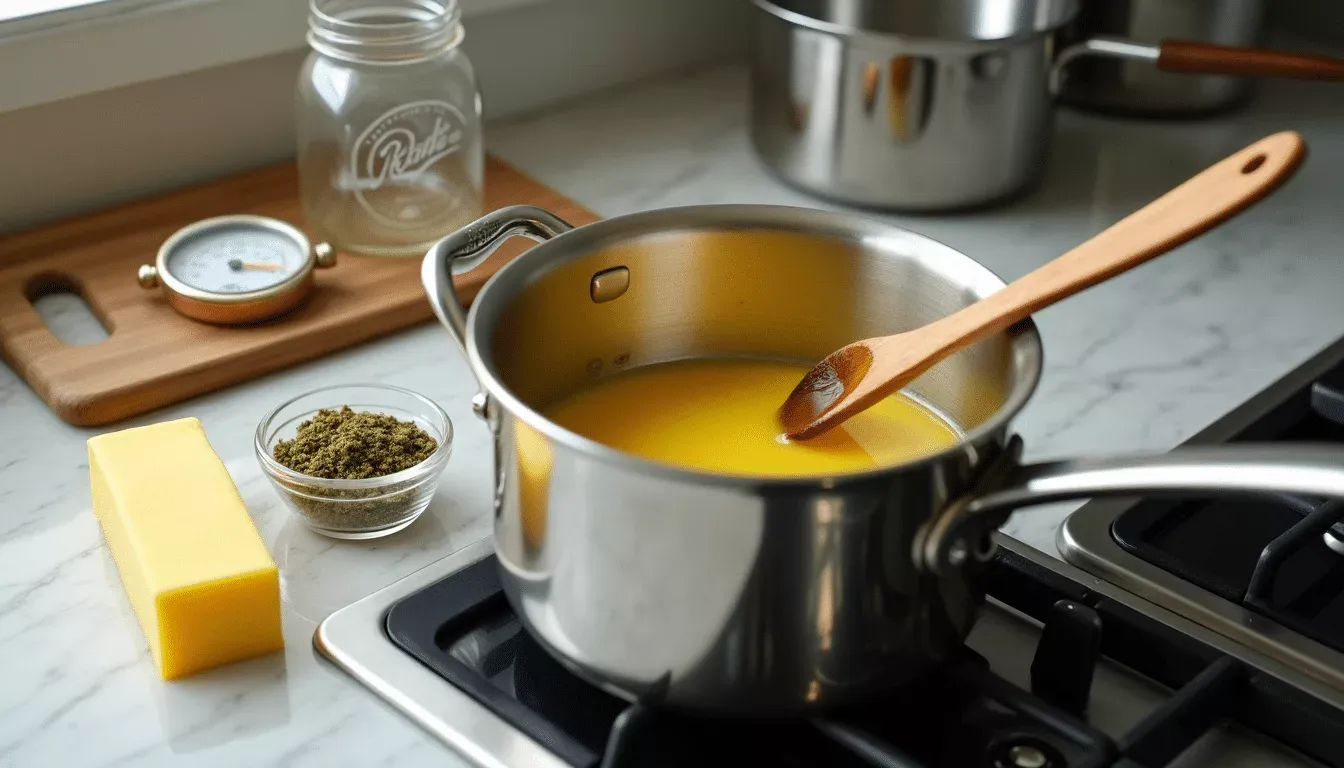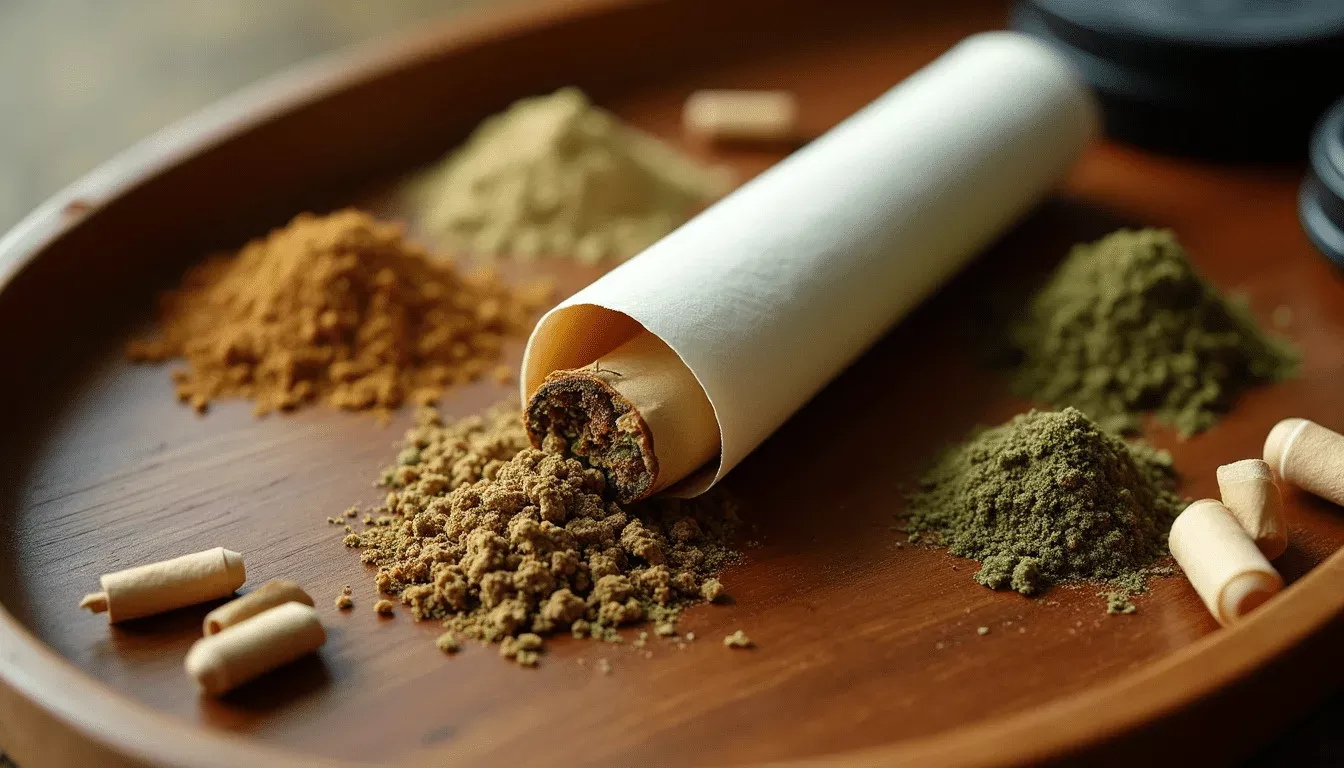Unlocking Benefits: A Guide to Microdosing Cannabis
In recent years, microdosing has emerged as a fascinating trend in the wellness community. Though commonly associated with psychedelics, microdosing cannabis is gaining attention for its potential benefits, attracting both novice users and seasoned enthusiasts alike. In this article, we’ll explore what microdosing cannabis entails, the benefits and risks associated with it, and practical tips for incorporating it into your routine. Our aim is to demystify this burgeoning approach and provide you with a well-rounded understanding of its role in modern health practices.
What is Microdosing Cannabis?
Microdosing cannabis involves consuming very small, controlled amounts of THC—the psychoactive component of cannabis—to achieve therapeutic effects without significant intoxication. While traditional cannabis use often focuses on higher doses to experience its full range of effects, microdosing is about finding the minimum effective dose that provides benefits such as increased focus, reduced anxiety, or pain relief, without altering normal functions or behavior drastically.
Context and Background
Historically, cannabis has been employed for its medicinal properties in various cultures around the world. However, the potency of cannabis products can vary widely, sometimes leading to unintended consequences, particularly for new users. This is where microdosing comes in as a promising solution. The idea of microdosing itself stems from the need to harness therapeutic benefits while minimizing side effects—a concept that aligns perfectly with the modern shift towards holistic, balanced wellness solutions.
Benefits and Risks of Microdosing Cannabis
Benefits
-
Enhanced Focus and Creativity: Many users report that microdosing cannabis helps improve their concentration and sparks creative thinking. By eliminating the overwhelming high associated with regular doses, users can access a state of relaxed alertness conducive to productive tasks.
-
Mood Regulation: With low doses, cannabis appears to have anxiolytic properties, which can help alleviate anxiety and elevate mood. This can be particularly beneficial for those who use it as a supplementary treatment for anxiety disorders or depressive symptoms.
-
Pain Management: Cannabis’s analgesic properties are well-documented, and microdosing can provide pain relief without the sedation effects typical of higher doses. This makes it an appealing alternative for individuals managing chronic pain conditions but who wish to remain active during the day.
- Minimal Side Effects: By staying below the psychoactive threshold, users mitigate common side effects such as paranoia, lethargy, or cognitive impairment. This broadens the appeal of cannabis to those who may have been hesitant to try it in larger dosages.
Risks
-
Tolerance Development: Consistent microdosing can potentially lead to increased tolerance over time, requiring adjustments to maintain effectiveness.
-
Legal and Regulatory Considerations: Depending on the jurisdiction, even small amounts of THC may be illegal, posing potential legal risks. It’s crucial for users to be aware of the laws in their area.
- Individual Variability: Cannabis affects everyone differently, and factors such as individual biochemistry, product type, and consumption method can influence the experience. This variability can make it challenging to find the ideal dose.
Practical Tips for Microdosing Cannabis
-
Start Low, Go Slow: Begin with a very small dose, typically 1-2.5 mg of THC, and gradually adjust based on personal experience and desired effects. This careful approach helps determine the "sweet spot" where benefits are maximized, and side effects minimized.
-
Select the Right Product: Not all cannabis products are suitable for microdosing. Consider using tinctures, capsules, or edibles that clearly delineate THC content, allowing for precise control over dosage.
-
Timing and Frequency: Consider your goals when planning dosage timing. For example, microdose in the morning for a creativity boost or in the evening to unwind. As with many wellness practices, consistency is key, so experiment with different times to find what best suits your lifestyle.
-
Keep a Journal: Documenting experiences, doses, products, and changes in symptoms or well-being can help track progress and make informed adjustments.
- Consult a Professional: If possible, seek guidance from a healthcare provider experienced in cannabis therapeutics to tailor a plan that respects your health goals and circumstances.
Conclusion
Microdosing cannabis represents an intriguing and potentially transformative approach to harnessing the plant’s benefits. By focusing on minimal, precise doses, individuals can enjoy enhanced focus, mood stabilization, and pain relief without the adverse effects associated with larger quantities. As always, it’s important to remain informed and considerate of both the benefits and potential risks when integrating cannabis into your wellness regimen. Whether you’re a newcomer curious about cannabis or an experienced user looking for a more nuanced approach, microdosing may offer a balanced gateway to improved well-being.
For those interested in diving deeper into the cannabis world, consider exploring related articles on cannabis strain varieties, the science behind the endocannabinoid system, or emerging trends like cannabis and fitness. And remember, sharing your experiences and thoughts in the comments can foster a community of informed and considerate cannabis users.
FAQ
What is microdosing cannabis?
Microdosing cannabis involves consuming very small amounts of cannabis to enjoy its benefits without experiencing a significant high.
What are the benefits of microdosing cannabis?
Microdosing can help improve mood, focus, and creativity, and can also be used for managing pain and anxiety without the psychoactive effects of larger doses.
How do I start microdosing cannabis?
Start with a small dose, typically 1-2 mg of THC, and gradually adjust as needed. It’s important to monitor your body’s response and adjust the dosage accordingly.
Can I microdose cannabis if I’m new to it?
Yes, microdosing is often recommended for beginners as it allows them to experience the effects of cannabis in a controlled and manageable way.
What methods can be used for microdosing cannabis?
Common methods include using tinctures, edibles, or vaporizers, as they allow for precise control over dosage.
Share this content:



